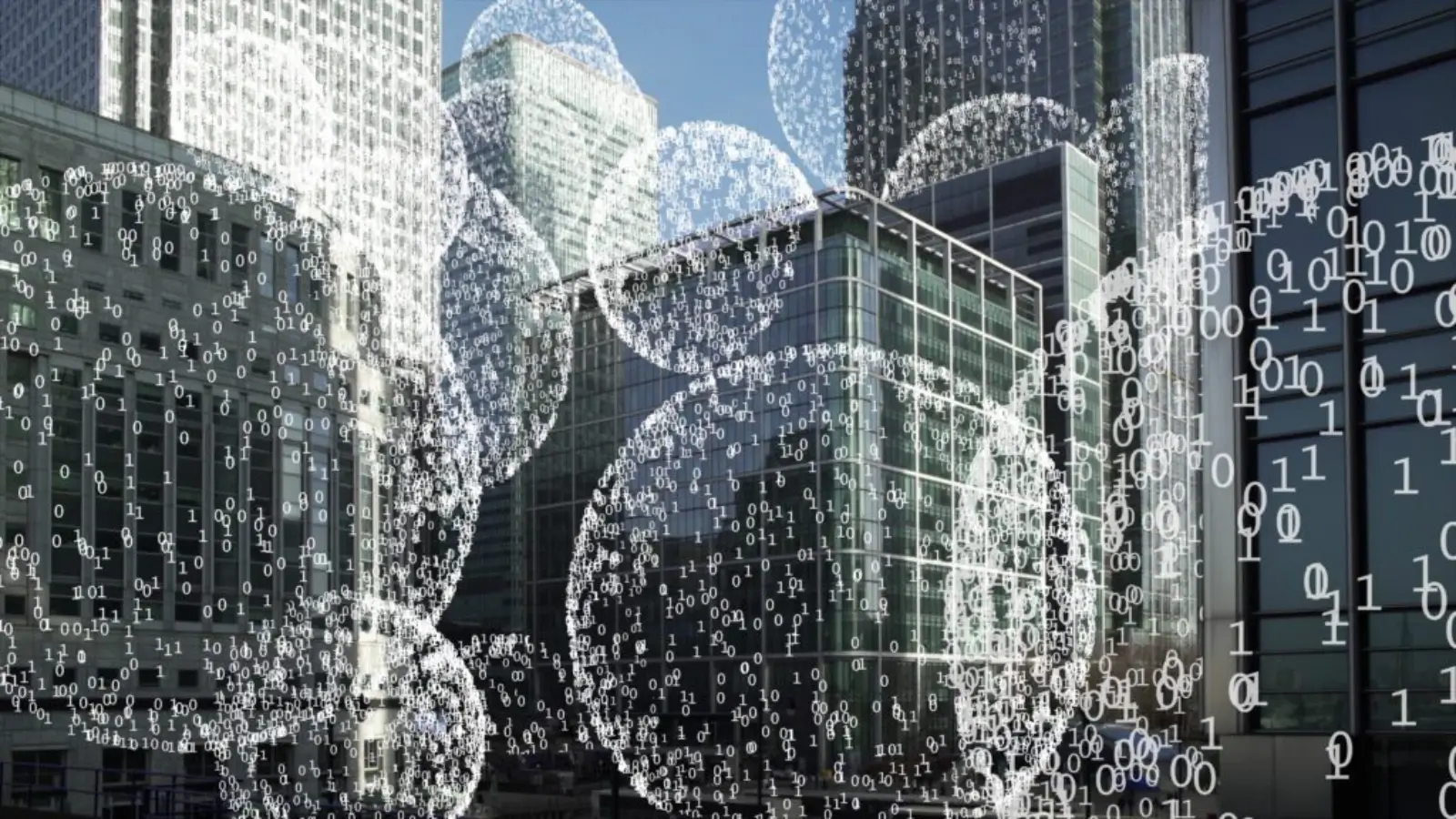


Have you ever wondered how someone can send a completely blank message that still delivers successfully? Or how tools like TeksKosong.net generate “empty text” that looks invisible but still counts as real text?
The answer lies in a fascinating digital language called Unicode the universal standard that allows computers to understand, display, and exchange text from every language in the world.
In this article, we’ll explore the science behind invisible characters, how Unicode works, why certain characters are “blank,” and how platforms interpret them. You’ll finally understand how “nothing” can actually be “something” in digital form.
Before we talk about invisible characters, we need to understand Unicode itself.
Unicode is a global system that assigns a unique code to every character you can type whether it’s a letter, number, emoji, or symbol. Each of these codes is called a code point and is written like this: U+XXXX (for example, U+0041 = the letter “A”).
Unicode allows your phone, computer, or app to read and display any text correctly whether it’s English, Arabic, Chinese, or even emojis like 😄.
In short:
Unicode is the reason why a text sent from one country looks exactly the same when received anywhere else.
Invisible characters (also called empty text, blank text, or teks kosong) are special Unicode symbols that don’t have a visible shape.
They take up no space on the screen but they still exist in the digital data.
To your eyes, it looks like nothing. But to your device, it’s a real character that can be stored, copied, and sent.
Here are some popular invisible Unicode characters:
|
Character Name |
Unicode |
Description |
|
Zero Width Space |
U+200B |
Takes no space but counts as a character |
|
Hangul Filler |
U+3164 |
Korean character that appears blank |
|
Zero Width Non-Joiner |
U+200C |
Prevents letters from joining but invisible |
|
Non-breaking Space |
U+00A0 |
Looks like a normal space but is unique |
|
Zero Width Joiner |
U+200D |
Connects letters but invisible |
These are the “secret ingredients” behind the magic of empty text.
Let’s break it down simply:
When you type any visible letter (like “A”), the app knows which image (glyph) to show because that Unicode has a visible design.
But for certain Unicode characters like the Zero Width Space (U+200B) there’s no visible glyph. That means when your phone tries to show it, it displays nothing, even though the character still exists in memory.
So if you send someone an invisible message, the system doesn’t reject it because technically, it’s not empty. It’s a valid character that just happens to be invisible.
That’s why tools like TeksKosong.net work perfectly they generate and copy these hidden Unicode symbols, allowing you to paste and send them anywhere.
You might ask: “If they’re invisible, why do they even exist?”
These characters weren’t created for fun they have serious linguistic and technical purposes.
Languages like Arabic, Hindi, or Thai use connected letters and combined shapes. Invisible characters like Zero Width Joiner (ZWJ) and Zero Width Non-Joiner (ZWNJ) help computers display those correctly.
For example:
ZWJ (U+200D) connects characters.
ZWNJ (U+200C) keeps them separate.
Without these, text in many languages would render incorrectly.
In some languages (like Thai), words aren’t separated by spaces. The Zero Width Space (U+200B) helps define where breaks can occur even though it’s invisible.
Developers use invisible characters to test text-handling systems, create placeholders, or format layouts without visible text.
Each platform (like WhatsApp, Instagram, or TikTok) reads Unicode slightly differently that’s why invisible text might work on one app but not another.
Here’s how they handle it:
WhatsApp: Accepts invisible characters like U+3164, so you can send “empty messages.”
Instagram: Allows empty text in bios and captions, but trims regular spaces invisible ones stay!
TikTok: Supports zero-width characters for spacing in captions.
Facebook: Sometimes filters them out in comments.
Discord: Uses them for spacing and hidden usernames.
So when an app says “message cannot be empty,” it only blocks normal spaces not Unicode blanks.
That’s why TeksKosong.net uses Unicode-based invisible characters, which work across almost all major platforms.
Here’s the cool part when you copy “empty text,” you’re actually copying data.
It may look blank, but it has binary value behind it.
For example, a zero-width space (U+200B) in binary looks like this:
11100010 10000000 10001011
That’s proof that even “nothing” takes up space in memory!
So the next time you paste invisible text into a chat or a document, remember you’re not sending nothing. You’re sending data that looks like nothing.
Invisible text isn’t just fun it also has some interesting applications.
Formatting clean social media bios or captions
Creating space in usernames
Testing text layouts or input validation
Separating content in HTML or CSS without visible space
Some people use invisible characters to hide spam or manipulate text filters. That’s not recommended. Always use empty text for fun, creative, or formatting purposes not to trick systems.
TeksKosong.net is designed to make Unicode invisible characters accessible to everyone no technical knowledge required.
When you click “Generate Empty Text,” the tool inserts one or more invisible Unicode characters (like U+3164 or U+200B).
When you click “Copy,” it copies those characters to your clipboard even though you can’t see them.
You can then paste them into messages, bios, or documents.
It’s like a blank character generator powered by Unicode science.
Unicode isn’t just about invisible characters it’s the reason why text communication works across the world.
Without it:
Your emojis wouldn’t display properly.
Different languages couldn’t coexist on one platform.
Invisible characters wouldn’t exist for formatting.
Unicode has unified how humans and machines handle text visible or not.
And invisible text is a small but fascinating example of Unicode’s hidden power.
What looks like nothing can be surprisingly complex. Invisible characters or empty text (teks kosong) are tiny digital symbols that carry meaning without shape.
Thanks to Unicode, we can send messages, create spacing, or even design unique bios using something that appears completely blank.
So next time you copy empty text from TeksKosong.net, remember behind that blank space is a real Unicode character doing its invisible job perfectly.